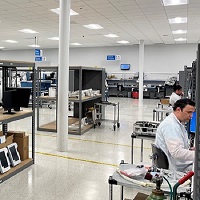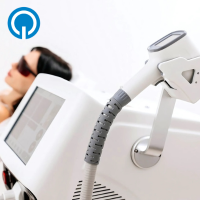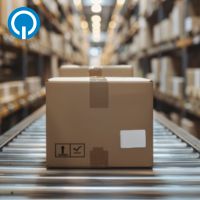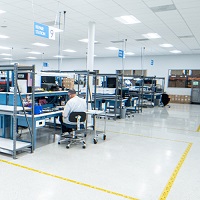
Why is Designing for Serviceability important in launching a product?
As the leading post-sales service provider, Quest works with many medical device manufacturers to provide depot repair and field services. Frequently, there are aspects of the product design stage that isn’t considered as part of the overall product life cycle.
Three crucial areas of the product design stage to consider include:
Regulatory compliance refers to using the device’s capabilities in a safe and effective manner according to the OEM’s intended usage. Compliance with the rules and regulations set forth by governmental regulatory bodies must be fulfilled before the device can be released to the marketplace. Regulatory compliance ensures product effectiveness and safety for the public.
Design efficiency refers to exhausting all techniques to optimize the design of a device in its use of material quantities to provide maximum efficiency at minimum cost. BOM is the final record of all components that have been used to make the device from scratch including standard components and proprietary components. This record includes the quantity of each component and its location in the device.
The Design for serviceability aspect is not always factored into the design life cycle. Serviceability describes how a manufacturer builds into the design the ability for the device to be repaired during its lifetime. This includes planning for service parts, ease of part replacement and upgrade paths. Let's dive into why design for serviceability is so vital to the product life cycle during the design stage.
Why is design for serviceability important for the product life cycle?
Service support, at its core, refers to the processes set in place to establish and ensure the product's serviceability through its entire life cycle. Types of service support include:
Integrating service support at the forefront of the design life cycle is essential and should be implemented for all products.
Through years of experience, Quest has seen the benefits of various OEM designs which greatly improve methods of serviceability extending a device’s overall product life cycle.
Impeccable service support also helps to reduce part availability issues that are, at times, unavoidable. By implementing serviceability in the product design stage, Original Equipment Manufacturers (OEMs) set their products up for success with proactive, forward-thinking.
Many of our OEM partners feel that part availability is not an issue for their legacy devices. However, time and time again, we've seen instances where devices are not easily serviced due to design limitations, proprietary part design, parts were designed as non-repairable (disposable) or parts for ongoing sustained support become obsolete and thereby unavailable, directly impacting repair processes.
Technology evolves, machines are upgraded, and parts change as new more efficient parts are engineered. Legacy parts are no longer created by suppliers, and OEMs servicing machines without service support plans in place run into the issue of figuring out how to fix or source parts that are no longer being produced.
So, what happens when parts are no longer available? What will you do? How will lack of availability impact your current service contracts?
Part harvesting is not a great option to address the lack of service parts. Inability to service existing contracts can also have a substantial financial and legal impact. Equipment that can no longer be used must then be replaced or terminated as end of life (EOL). This outcome could breach service contracts adding another challenge to be addressed. If a product life cycle ends sooner than intended, it could also impact future deals and contracts with the companies the products are sold to.
Even when parts are still available, there's often a battle to see if said parts will be used for current and new manufacturing or for servicing existing devices in the marketplace. The lack of service support can create a bottleneck in servicing devices - new and old.
Service support plays a bigger and more important role than might be expected. When parts are no longer available, the impact of having to implement an early end of life program is huge. Oftentimes this may include buyback programs or rushing to develop a replacement device and get it through regulatory approvals before time runs out for the current device.
Keep in mind that the cost to support service from cradle to grave far outweighs the cost of design and manufacturing.
Investing in a solid support service plan for your products saves time, hassle, money, stress, and backlog in the future, contact Quest to see how we may be able to apply our vast experience to addressing serviceability needs.
For OEMs with growing demands for product servicing, learn more about how partnering with Quest is a better solution than investing in a brick-and-mortar repair depot here.
MAR-879 REV 1.0











